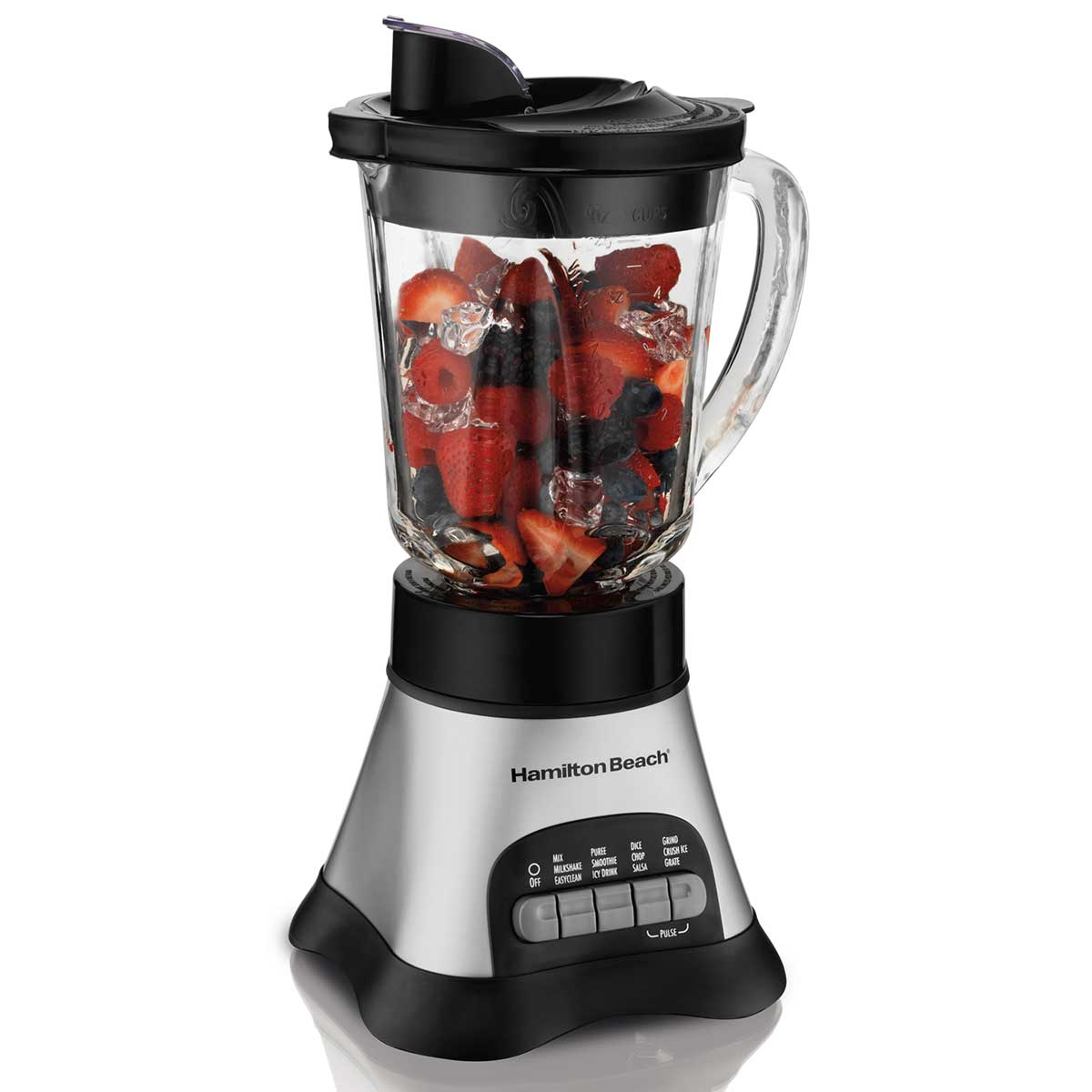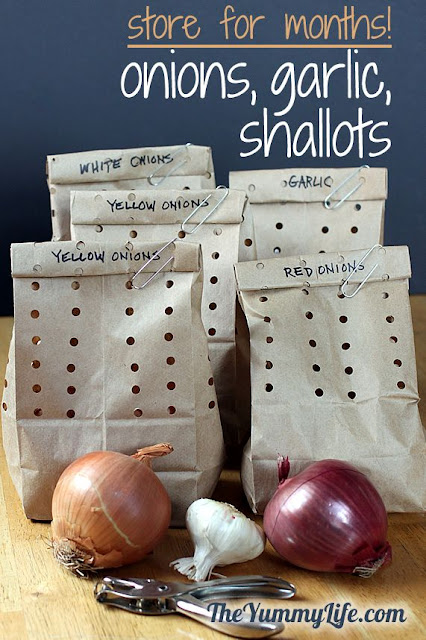Equipment
Blender

A blender (sometimes called a
liquidiser in British English) is a kitchen and laboratory appliance used to
mix, purée, or emulsify food and other substances. A stationary blender
consists of a blender jar with a rotating metal blade at the bottom, powered by
an electric motor in the base. Some powerful models can also crush ice. The
newer immersion blender configuration has a motor on top connected by a shaft
to a rotating blade at the bottom, which can be used with any container.
Reference :
Consumer Reports (November 2013). "Top Blender Ratings
- Blender Buying Guide". consumerreports.org. Retrieved 7 March 2014.
Jump up ^ http://www.google.com/patents/US1480914
Microwave

A microwave oven (commonly
referred to as a microwave) is a kitchen appliance that heats and cooks food by
exposing it to electromagnetic radiation in the microwave frequency range. This
induces polar molecules in the food to rotate and produce thermal energy in a
process known as dielectric heating. Microwave ovens heat foods quickly and
efficiently because excitation is fairly uniform in the outer 25–38 mm (1–1.5
inches) of a homogeneous, high water content food item; food is more evenly
heated throughout (except in heterogeneous, dense objects) than generally
occurs in other cooking techniques.
Microwave ovens are popular for
reheating previously cooked foods and cooking a variety of foods. They are also
useful for rapid heating of otherwise slowly prepared cooking items, such as
hot butter, fats, and chocolate. Unlike conventional ovens, microwave ovens
usually do not directly brown or caramelize food, since they rarely attain the
necessary temperatures to produce Maillard reactions. Exceptions occur in rare
cases where the oven is used to heat frying-oil and other very oily items (such
as bacon), which attain far higher temperatures than that of boiling water.
Microwave ovens have a limited
role in professional cooking, because the boiling-range temperatures
produced in especially hydrous foods impede flavors produced by the higher
temperatures of frying, browning, or baking. However, additional heat sources
can be added to microwave ovens, or into combination microwave ovens, to
produce these other heating effects, and microwave heating may cut the overall
time needed to prepare such dishes. Some modern microwave ovens are part of
over-the-range units with built-in extractor hoods.
Reference :
Reference :
"FAQs: Using Plastics in the Microwave". American
Chemistry Council.
Oven

An oven is a thermally insulated chamber used for the
heating, baking or drying of a substance, and most commonly used for cooking.
Kilns and furnaces are special-purpose ovens, used in pottery and metalworking,
respectively.
Cleaning
Some ovens provide various aids to cleaning. Continuous
cleaning ovens have the oven chamber coated with a catalytic surface that helps
break down (oxidize) food splatters and spills over time. Self-cleaning ovens
use pyrolytic decomposition (extreme heat) to oxidize dirt. Steam ovens may
provide a wet-soak cycle to loosen dirt, allowing easier manual removal. In the
absence of any special methods, chemical oven cleaners are sometimes used or
just scrubbing.
Reference :
Reference :
- Roper, Frances. "Chilean Baking-Oven." Antiquity Publications. Great Britain: 1937. 355–356.


Komentar
Posting Komentar